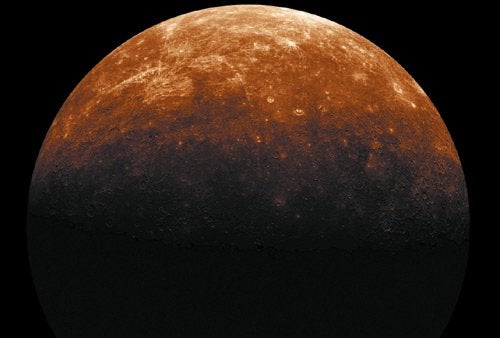
Since the dawn of human civilization, planets have captivated our collective imagination. These cosmic wanderers – sweeping across the night sky in breathtaking celestial choreography – continue to inspire astronomers and the average person alike.
Thanks to their incredible diversity, from smoldering rocky worlds to gargantuan gas giants, the solar system’s planets are still some of the most compelling subjects of study in the entire cosmos. And in recent decades, the roster of fascinating and bizarre planets beyond our solar system has exploded.
So, let’s dive into planets, further exploring these unique celestial bodies, their formation, classifications, and the myriad mysteries they hold.
What is a planet?
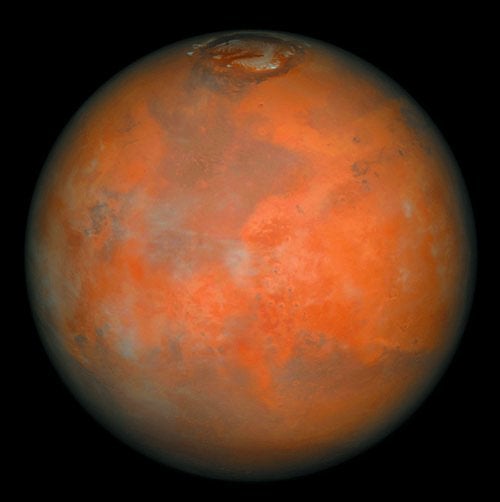
According to a definition issued by the International Astronomical Union (IAU) in 2006, a planet is a celestial body that: orbits the Sun; possesses sufficient mass to assume a nearly spherical shape; and has cleared its orbit of other debris.
As of now, eight planets officially grace our solar system: Mercury, Venus, Earth, Mars, Jupiter, Saturn, Uranus, and Neptune. And thousands of exoplanets, or planets orbiting other stars, have been discovered throughout the Milky Way.
There are 8 planets in our solar system
Comprising eight official planets, our solar system showcases a remarkable variety of celestial objects. These planets are categorized into two main groups: terrestrial and gas giant planets. The terrestrial planets (Mercury, Venus, Earth, and Mars) are characterized by their rocky composition and solid surfaces. On the other hand, the gas giants (Jupiter, Saturn, Uranus, and Neptune) are primarily composed of hydrogen and helium, lacking solid surfaces.
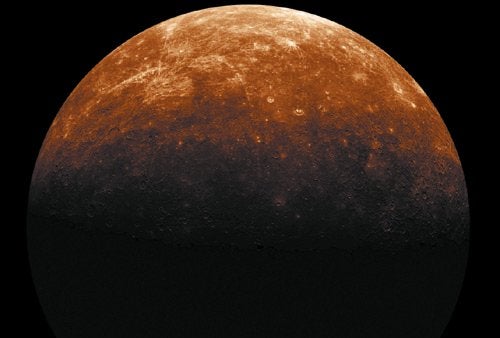
Mercury, the closest planet to the Sun, is a diminutive, rocky world that orbits the Sun at an average distance of roughly 36 million miles (57.9 million kilometers). With daytime temperatures soaring up to some 800 degrees Fahrenheit (430 degrees Celsius) and nighttime temperatures plunging down to around -290 F (‑180 degrees C), Mercury experiences extreme temperature fluctuations due to its proximity to the Sun and lack of a heat-retaining atmosphere.
Neptune, the farthest planet from the Sun, is a gas giant that orbits the Sun at an average distance of about 2.8 billion miles (4.5 billion km). Its thick atmosphere is composed mainly of hydrogen, helium, and some methane. The latter is what gives Neptune, and similarly Uranus, its signature blue hue. Neptune is also renowned for its fierce winds, which can reach staggering speeds of up to 1,300 miles per hour (2,100 km/h).
In addition to these eight varied planets, our solar system also features a slew of dwarf planets, the most famous of which is Pluto. Pluto is one of the largest objects in the Kuiper Belt, a region beyond Neptune primarily filled with small, icy objects. Despite its reclassification from planet to dwarf planet in 2006, Pluto remains a subject of great interest to planetary scientists, particularly following the New Horizons mission’s flyby in 2015, which revealed a surprisingly complex and diverse world.
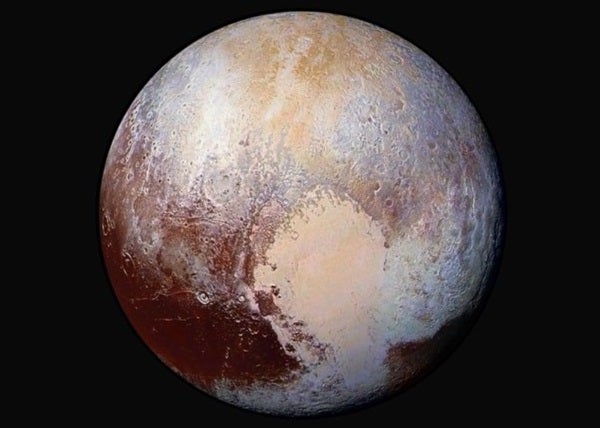
How many planets are in the universe?
While our solar system provides a diverse array of planets, it represents just a microcosm of the cosmos. The first confirmed exoplanets were discovered in 1992 orbiting the pulsar PSR B1257+12. And since then, astronomers have confirmed more than 5,000 more worlds orbiting distant stars with the aid of advanced telescopes, tools, and techniques. Given the vastness of the cosmos, the total number of exoplanets could easily be in the billions or even trillions.
Astronomers use several methods to detect exoplanets. One of the most common techniques is called transit method, where a planet passes in front of its host star from our perspective, causing a temporary dip in the star’s brightness. Another popular technique is the radial velocity method, which measures the slight wobble a star experiences as a result of the gravitational pull of an orbiting planet.
One of the primary goals of exoplanet research is to find potentially habitable worlds, or planets with conditions that could support life as we know it. This typically involves searching for Earth-like worlds within the habitable zones of their parent stars, where temperatures are just right for liquid water to exist.
How are planets classified?
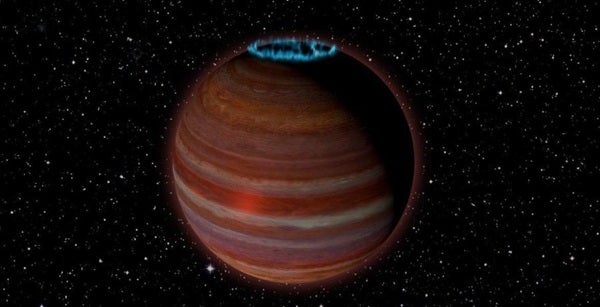
They are typically categorized based on their physical characteristics, compositions, and other defining features. Within our solar system, we have terrestrial planets (Mercury, Venus, Earth, Mars), gas giants (Jupiter and Saturn), and so-called ice giants (Uranus and Neptune). Beyond these categories, we also have dwarf planets like Pluto.
In the realm of exoplanets, astronomers have developed a variety of classifications based on their unique and varied properties. These include:
Hot Jupiters: Massive gas giants that orbit very close to their parent stars and therefore have high surface temperatures are called hot Jupiters. These planets are typically larger than Jupiter and can orbit so close to their stars that a “year” takes just a few days.
Super-Earths: Rocky planets larger than Earth but smaller than Neptune are commonly referred to as super-Earths. They can have a wide range of characteristics and may or may not be habitable if located in the right environment.
Mini-Neptunes: Planets with masses and radii greater than Earth’s but smaller than Neptune’s are called mini-Neptunes. These planets likely have thick atmospheres and may have liquid or icy layers beneath their clouds.
Ocean Worlds: Planets covered in oceans, either on their surface or beneath a layer of ice are frequently referred to as ocean worlds. Though not technically planets, some of the moons in our solar system, like Europa and Enceladus, are commonly called ocean worlds.
Rogue Planets: Do not orbit any star and drift through space on their own. These worlds were likely ejected from their initial star systems by gravitational interactions with other planets or neighboring stars. Rogue planets are particularly challenging to detect, as the most common planet-detection methods require measurements of a host star.
The classification of exoplanets is still a work in progress, as new discoveries continuously reshape our understanding of these distant worlds. And future observations and missions, such as those being undertaken by TESS and the James Webb Space Telescope, will provide even more detailed information about exoplanets’ atmospheres, compositions, and potential habitability.
How do planets form?
Planets arise from the remnants inside a protoplanetary disk that encircles a nascent star. Dust and gas within such disks slowly sticks together, forming the building blocks of planets, known as planetesimals. These planetesimals go on to collide and merge over time, ultimately forming protoplanets.
As they continue to grow and attract more material, these protoplanets eventually grow to be full-fledged planets. This process can take millions of years and is influenced by factors such as the protoplanetary disk’s composition, the budding planet’s distance from its star, and the presence of other objects within the disk.
What can planetary studies teach us?
Planets play an indispensable role in enhancing our understanding of the universe. Analyzing their characteristics, compositions, and atmospheres can offer valuable insights into the formation and evolution of planetary systems across the cosmos. Furthermore, the quest for Earth-like exoplanets may finally help shed light on the age-old question of whether we are alone in the universe.
From the nearby rocky planets in our own solar system to the bizarre rogue worlds that lurk in deep space, there is a wealth of knowledge to be gained by studying these enigmatic objects. As we continue to explore our universe, the study of planets will undoubtedly unveil more about the cosmos, our place within it, and even the potential for life on other worlds.









